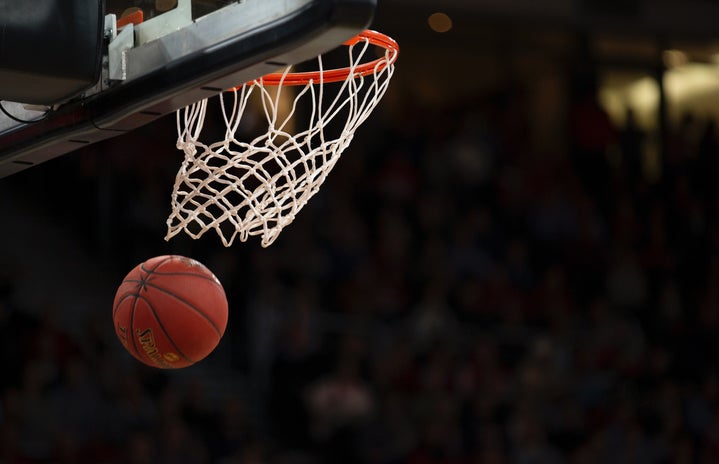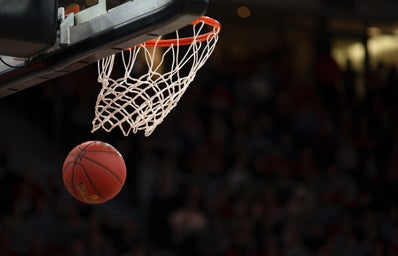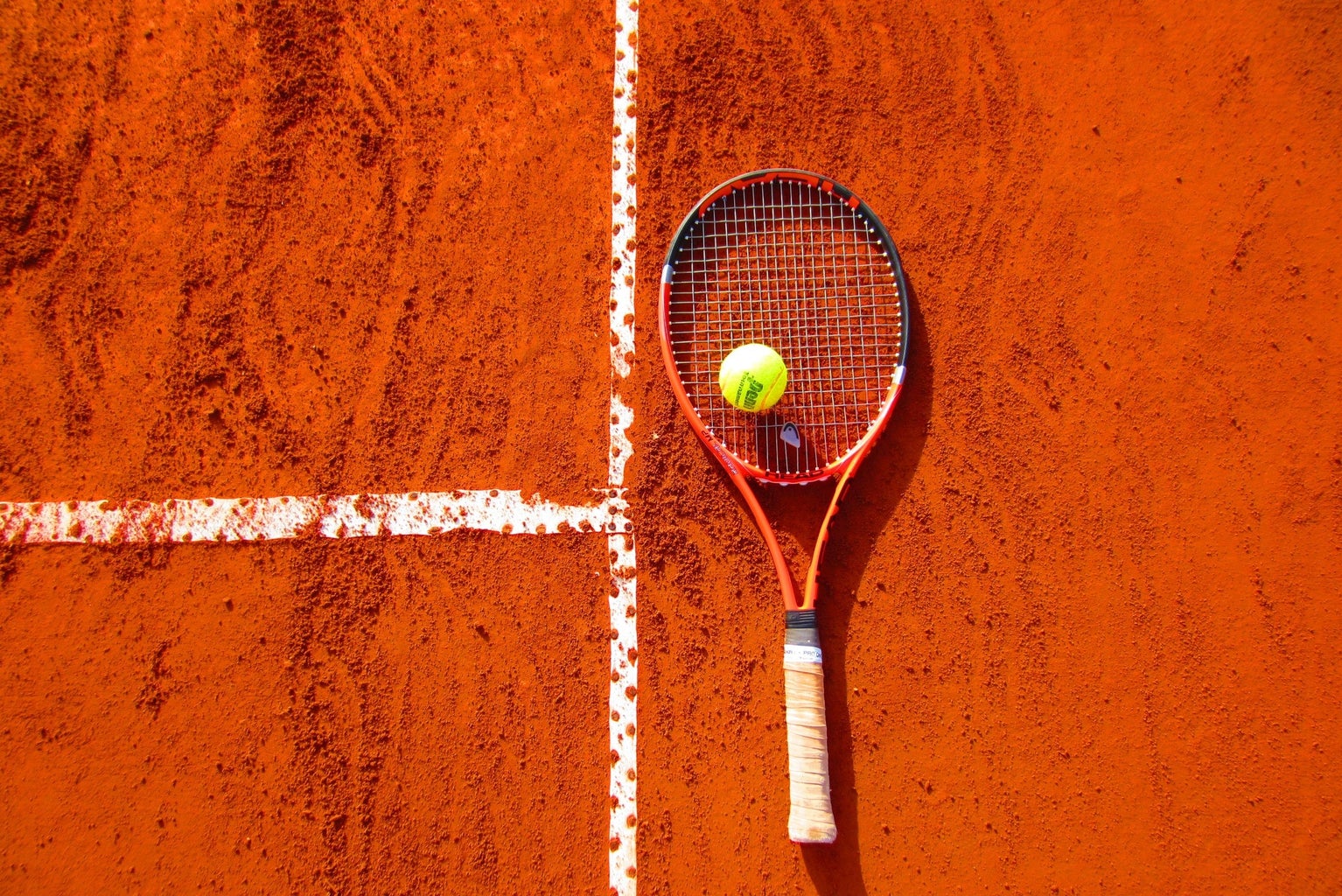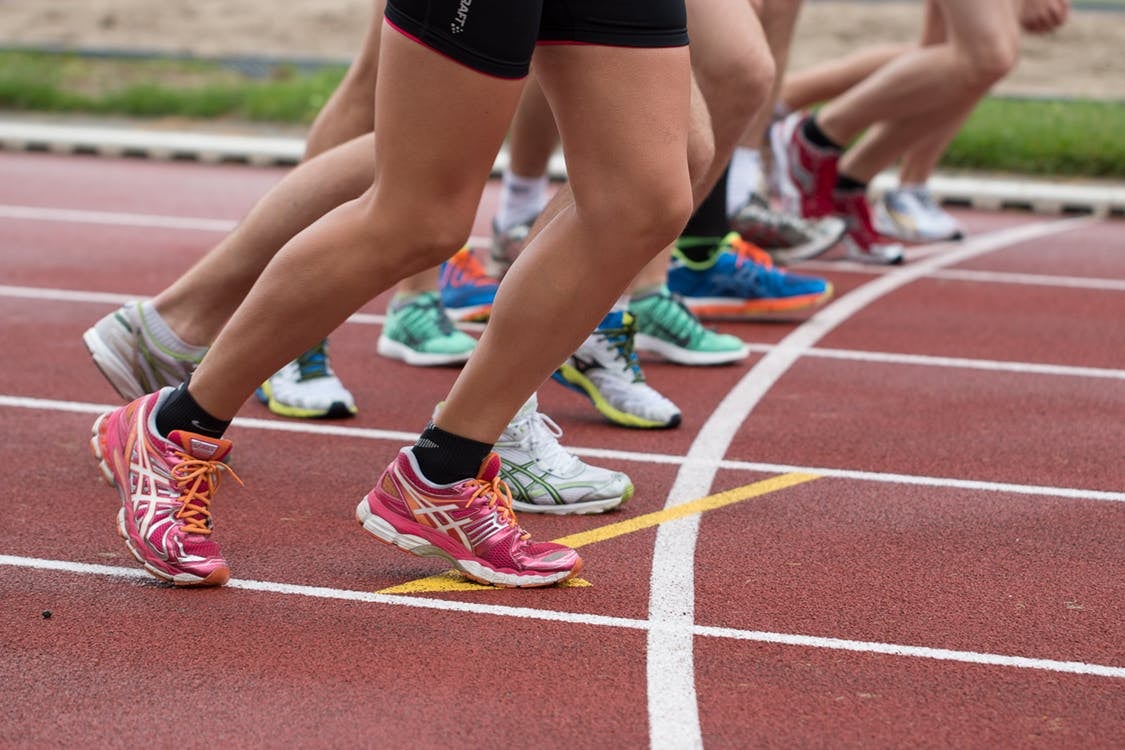Throughout the last few decades, there have been immense advancements in women’s sports, with some of these advancements even occurring within the last 25-30 years. For example, the Women’s National Basketball Association (WNBA) wasn’t founded until 1996, additionally, the National Women’s Soccer League (NWSL) wasn’t founded until 2012. The first ever recorded Olympic Games was held in 776 BC, however, women were not allowed to participate in the Olympic Games until the 1900 Paris Games and additionally were given a very limited range of sports to choose from. So, let’s look into some of the details, recognition, history, and game-changing female athletes.
the beginning
Paris 1900, was the first ever Olympic Games that women were allowed to compete in. 997 total athletes, 22 of those athletes being women. The only sports that were considered socially acceptable for women to participate in were sailing, tennis, equestrianism, golf, and croquet, so these sports were the only options offered to female athletes. So who are some of these women that made history?
Hélène de Pourtalès: Hélène de Pourtalès was an American-Born Swiss sailor. In 1900, not only was she the first woman to represent Switzerland in the Olympics, but she also went on to become the first woman to compete in the Olympics and win a medal.
Charlotte Cooper: Charlotte Cooper of Great Britain was the first ever female individual champion with her victory in tennis in 1900.
Margaret Abbott: Margaret Abbott represented America in 1900 and was the first-ever female American Olympian to receive a gold medal.
In 1900 women made up 2.2% of the Olympic athletes and that number continued to grow; now, by 2024, women athletes had the same number of places as men for the first time in Olympic history. The London 2012 Games were the first ever Olympics where every competing country had at least one female athlete.
The rise
What contributed the most to the rise in audience growth for women’s sports and how is that still increasing today? Simple answer: social media.
Media coverage is the #1 cause for the strong incline in audience growth. Not only did women’s sports become more prominent on TV making their games more accessible, social media pages and accounts dedicated to women’s sports began to sprout out new stories and events leading to a growing following. By 2022, women’s sports made up almost 19% of all sports-related content on social media and also received 15% of media coverage, which was a slight increase from previous years. The creation of new and growing women’s sports leagues combined with the increase in media coverage has resulted in both higher streaming numbers as well as higher attendance. The American women’s gymnastics team’s 2024 Olympic trials accumulated a viewership of over 7.5 million, which was their largest audience since 2016, additionally between 2022 and 2023 the WNBA draft audience increased by over 40% and the 2023 final game of the NCAA tournament gained almost 10 million viewers, and we all know the initial cause of this rapid growth: high-profile players.
Caitlin Clark: The #1 name in women’s basketball right now, and maybe even women’s sports as a whole. Clark began to receive incredible recognition and media coverage during her senior year in the NCAA and was drafted by the Indiana Fever at the 2024 WNBA draft; she was also the number one overall draft pick. Clark has broken many records throughout her basketball career and just recently received the 2024 WNBA Rookie of the Year Award. Not only were her games frequently sold out, but her jersey also became the #1 top-selling jersey ever for a draft pick in any sport.
Simone Biles: Simone Biles is considered to be one of the greatest gymnasts of all time, and her stats prove it. Biles is the most decorated gymnast in history, but her career didn’t begin at the Olympics. Before she was old enough to qualify for the Olympics, Biles had already accumulated 8 World Championship golds between 2014-2015, her first Olympic Games being in 2016. Over her career, she has managed to acquire 30 World Championship medals and 7 Olympic medals. For the women’s competition, Biles has both the most World gold medals and World All-Around titles.
Ilona Maher: Ilona Maher has begun to pave the way for women athletes alongside these other high-profile athletes. Maher transitioned to rugby during her time at Quinnipiac University, where she earned All-American Honors and led her team to three titles with the National Intercollegiate Rugby Association. She was also awarded the MA Sorenson Award in 2017. Maher competed in the 2020 Tokyo Olympics and quickly became a rugby superstar across social media. She then went on to win a bronze medal at the 2024 Summer Olympics, growing her audience and fame.
Present day
Women’s sports are at an all-time high and growing at a rapid rate, with this growth and expanding interest in women’s sports the hope is to bring even more attention to not only the games, but also the pay and funding. It is widely known that female athletes are paid significantly less than male athletes and in many cases the pay gap exceeds 80%. One example is the NBA vs. the WNBA. The average athlete in the NBA makes over $10,000,000 while the average athlete in the WNBA is barely breaking $100,000. Equal representation and equal pay are difficult when sports are still heavily male-dominated, but the hope is to eventually accumulate more recognition of women’s sports, resulting in greater equality. Although it took centuries to grow audiences and acknowledgment of women’s sports, they are quickly catching up, and if these numbers continue to increase, the future of sports is women.





